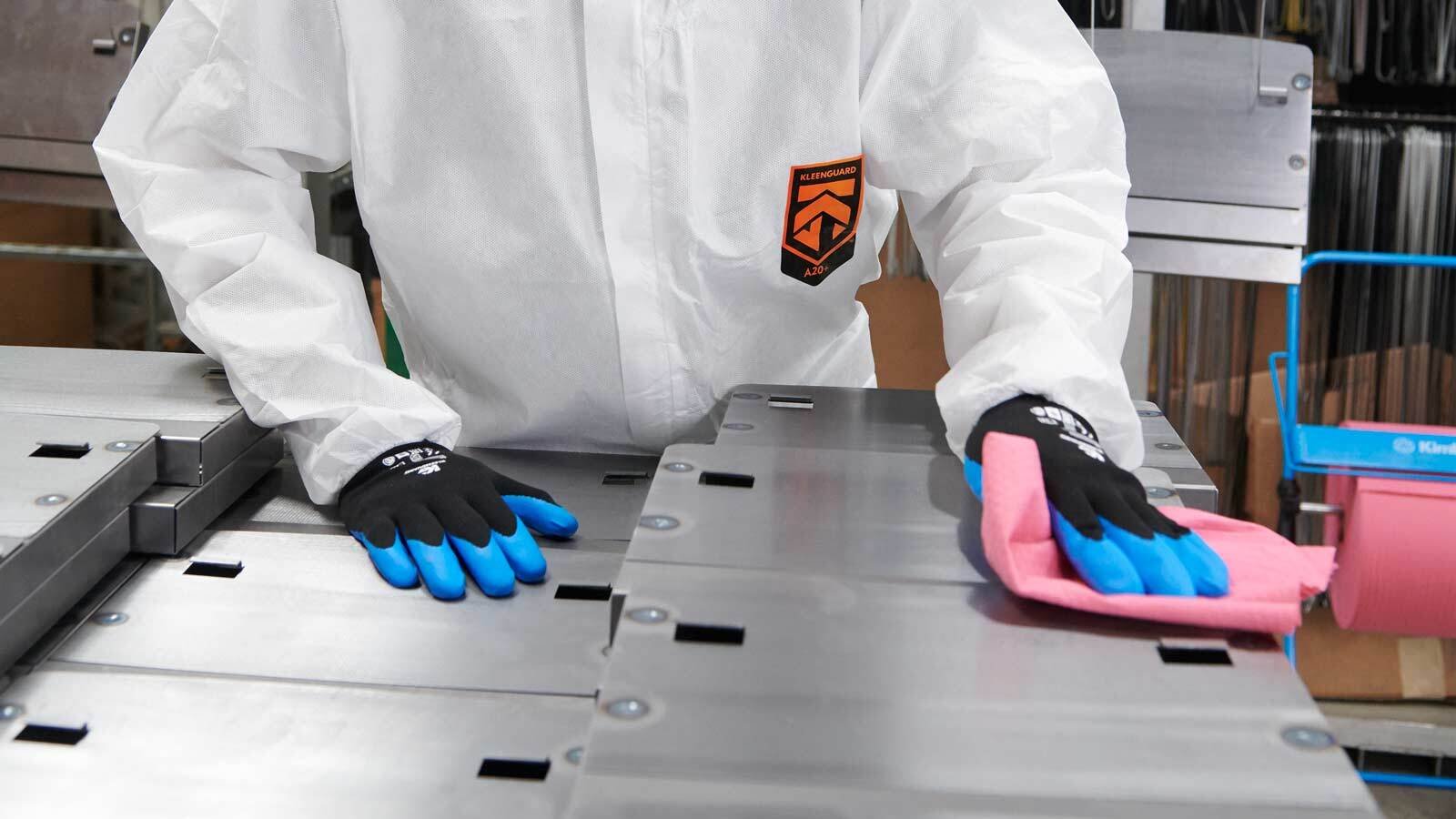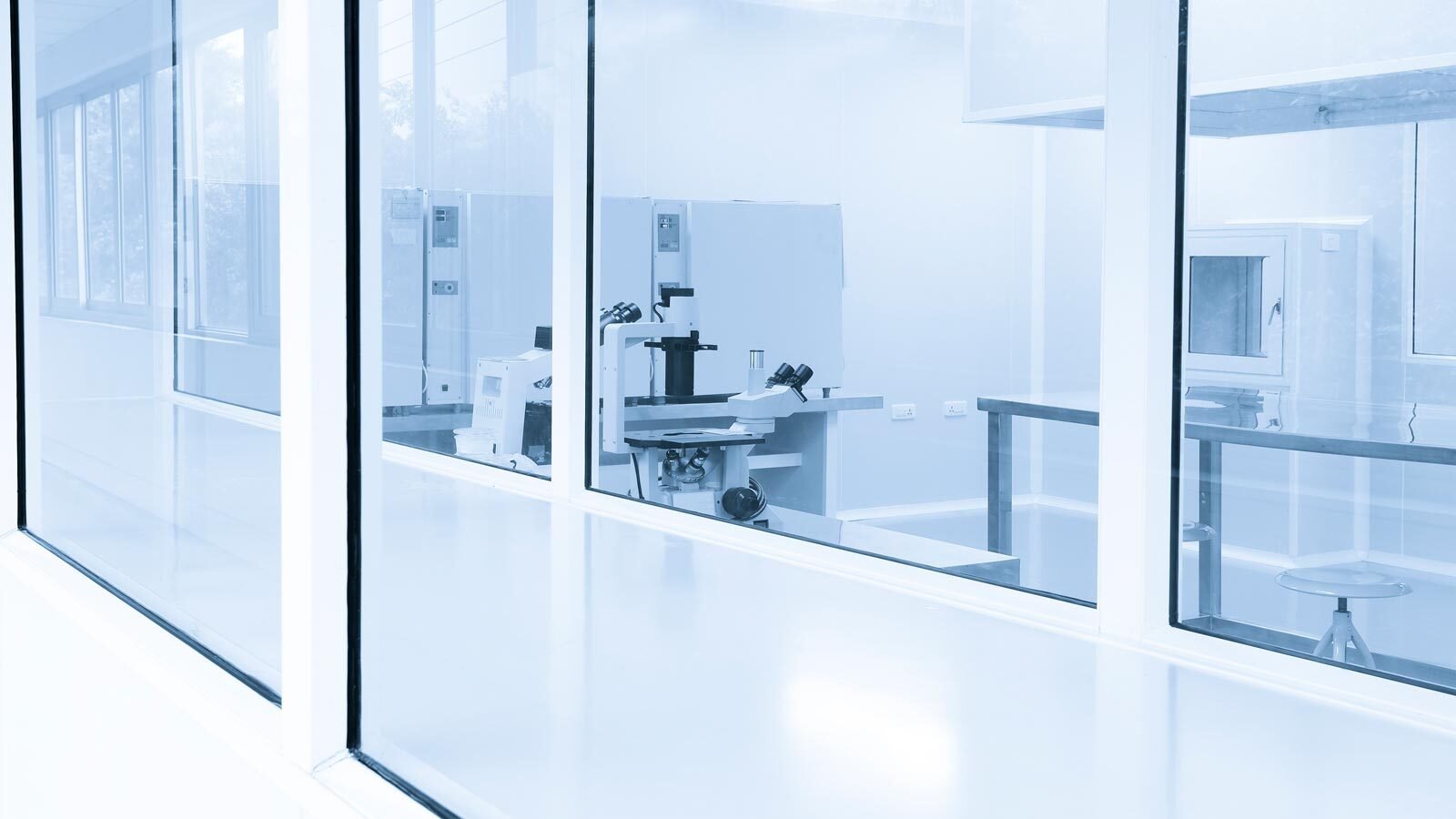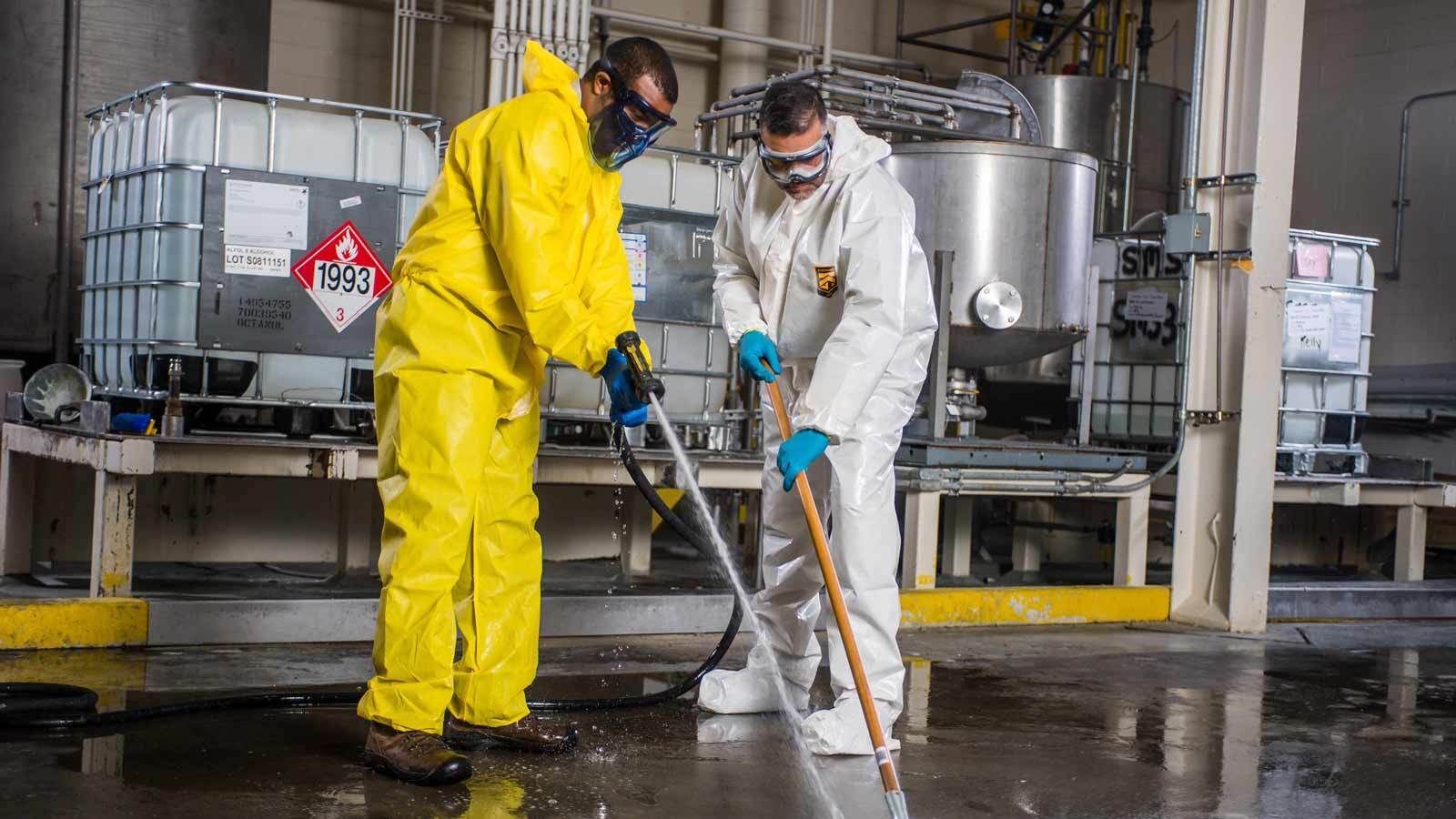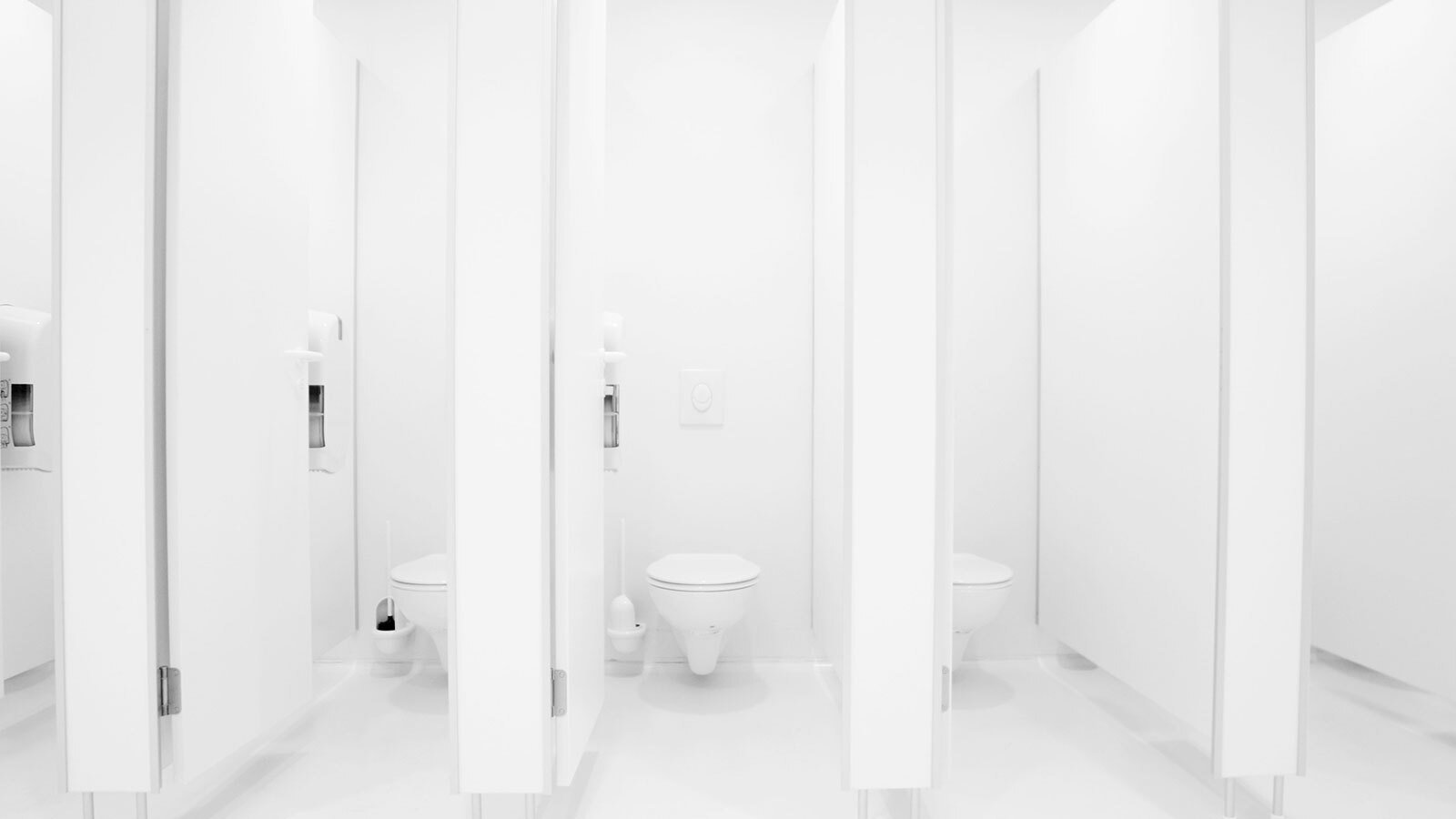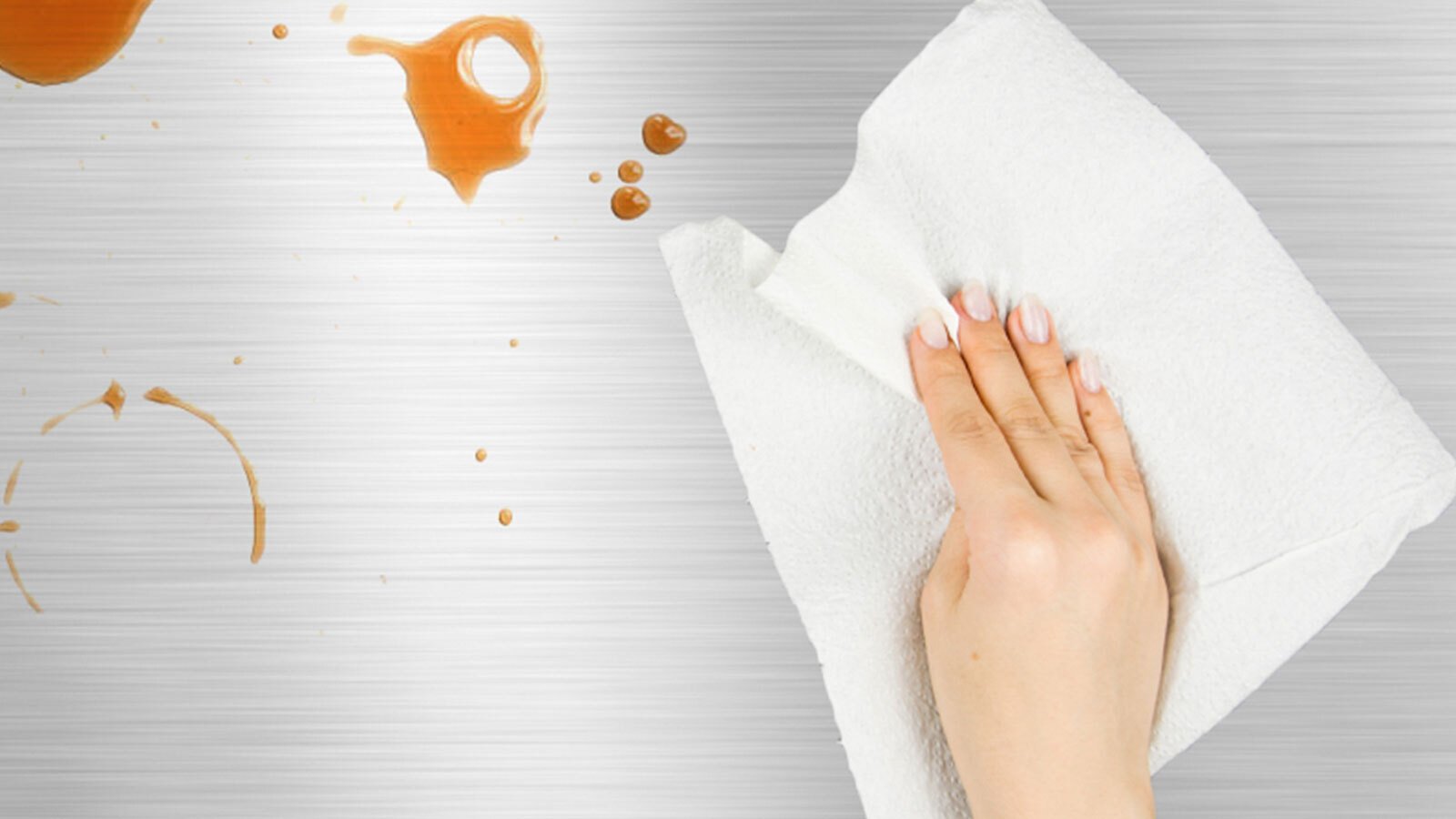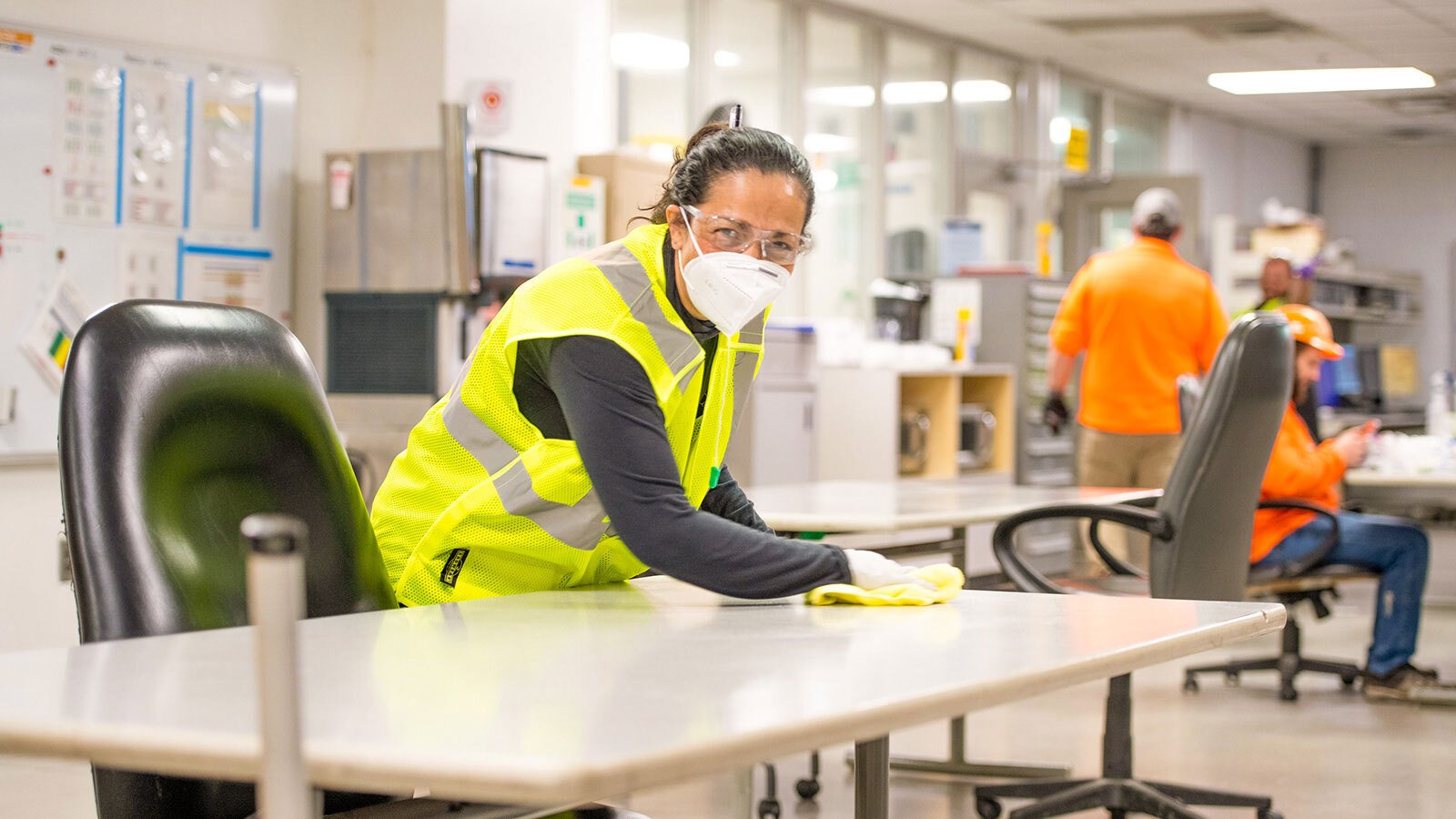Last Updated MAY 2024
Garment Filtration Makes a Difference in Your Cleanroom Performance
Learn how your choice of sterile garments can have a direct impact on the performance of your cleanroom and the risk of quality concerns
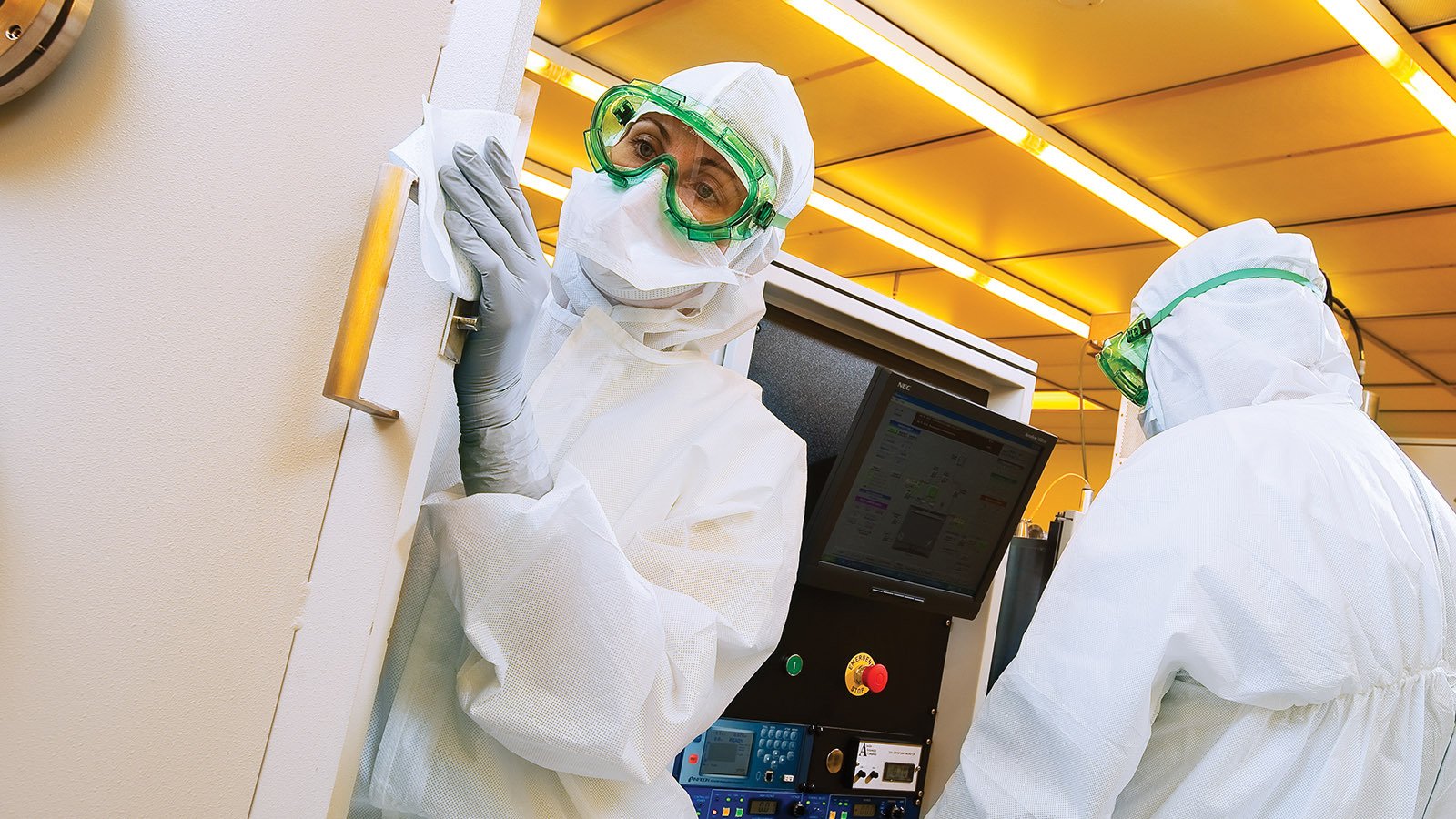
The goal of this study is to isolate the impact of the garment worn in the cleanroom and its ability to filter human contamination over time.
Cleanroom controls are a major factor in the operation of a facility. Problems with the operation of a cleanroom and the resulting quality issues can lead to major cost, yield, and capacity issues. Simulations are a powerful tool in the design and construction of clean rooms. However, one factor often overlooked in the design is the impact of garment properties as a key source of bacterial contamination.
The Kimberly-Clark Professional team has developed a model and a calculator to help determine how a cleanroom environment will be impacted by the type of garment selected. Our model is based on a single clean room with a given air exchange rate, number of workers, and assumes several factors relating to bioburden generation rate and air exchange through the garment. We also assume air is uniformly mixed and bioburdens escape the garment in a manner like the Bacterial Filtration Efficiency (BFE) assessment (as measured using ASTM-F2101-07).
We used the model to evaluate relative differences between three different hypothetical garments with BFE of 0.60, 0.9, 0.93, and 0.97, respectively. We assumed a 16x20x8’ room (72m3 ), 12 workers, and fan speed of 2m3 /s. Garments otherwise had identical permeability (1e-9cm2 ), thickness (0.2mm), area(2m2 ), and pressure drop from activity (250dyne/cm2 ). We assumed a constant bioburden concentration inside the garment of 8000/cm3 . The difference between garments can be seen in Figure 1 below.
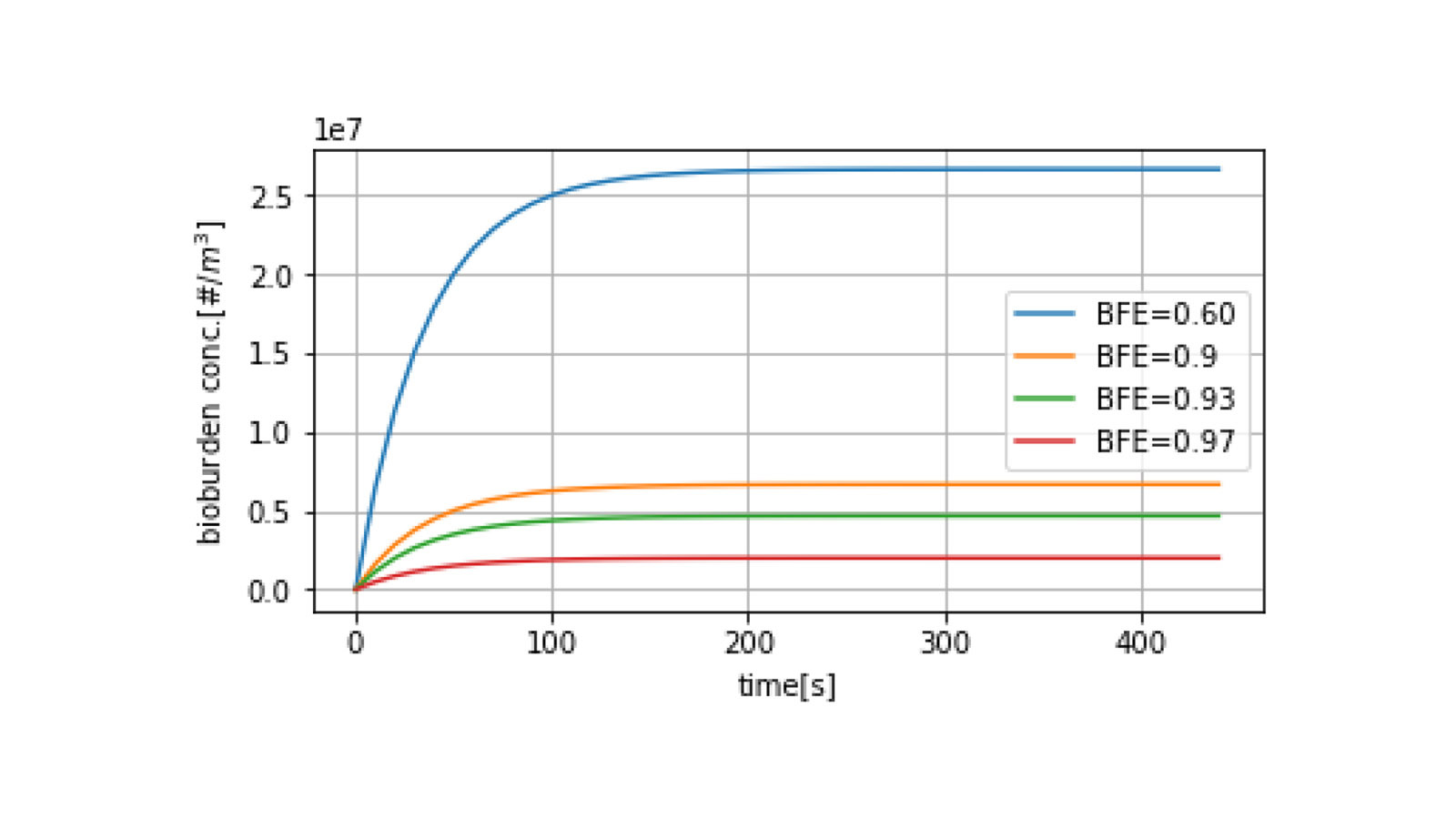
At steady state, the change in bioburden count is described by Equation 1, where K and t are the garment permeability and thickness, respectively. The 0 subscript is for the current or baseline garment.
𝐾0 𝑡0 ⁄ (1−𝐵𝐹𝐸0 )
If we assume the same permeability and thickness in garments, this simplifies to Equation 2.
1−𝐵𝐹𝐸0
This equation allows us easily to calculate expected steady-state benefits from improving BFE. For example, moving from a garment with a BFE=0.6 to a garment with BFE=0.93 will result in 1−0.93 1−0.6 = 17% of the bioburdens at steady state (or an 83% reduction).
One of the tasks in operating and maintaining cleanrooms is to maintain quality and production at lower costs. Any improvements in BFE, other factors being equal, result in lower room counts which could translate directly to electrical savings through fewer air exchanges needed to maintain below a certain bioburden level. Figure 2 shows how electrical savings or bioburden reductions grow from a baseline BFE as one trades-up to a more efficient garment. Each curve represents the savings/reductions from a given baseline or current garment. For example, consider a baseline of the BFE=0.93 (the orange curve). Trading to another 0.93 garment has no electrical savings, whereas trading to BFE=0.96 will result in a 43% theoretical energy savings. In practice, regulations may dictate the minimum air exchange rates, but as part of a cleanroom operation strategy, this can alternatively show the extra bioburden reductions (again, 43% in this example) which will likely reduce the risk and occurrence of contamination-related production losses.
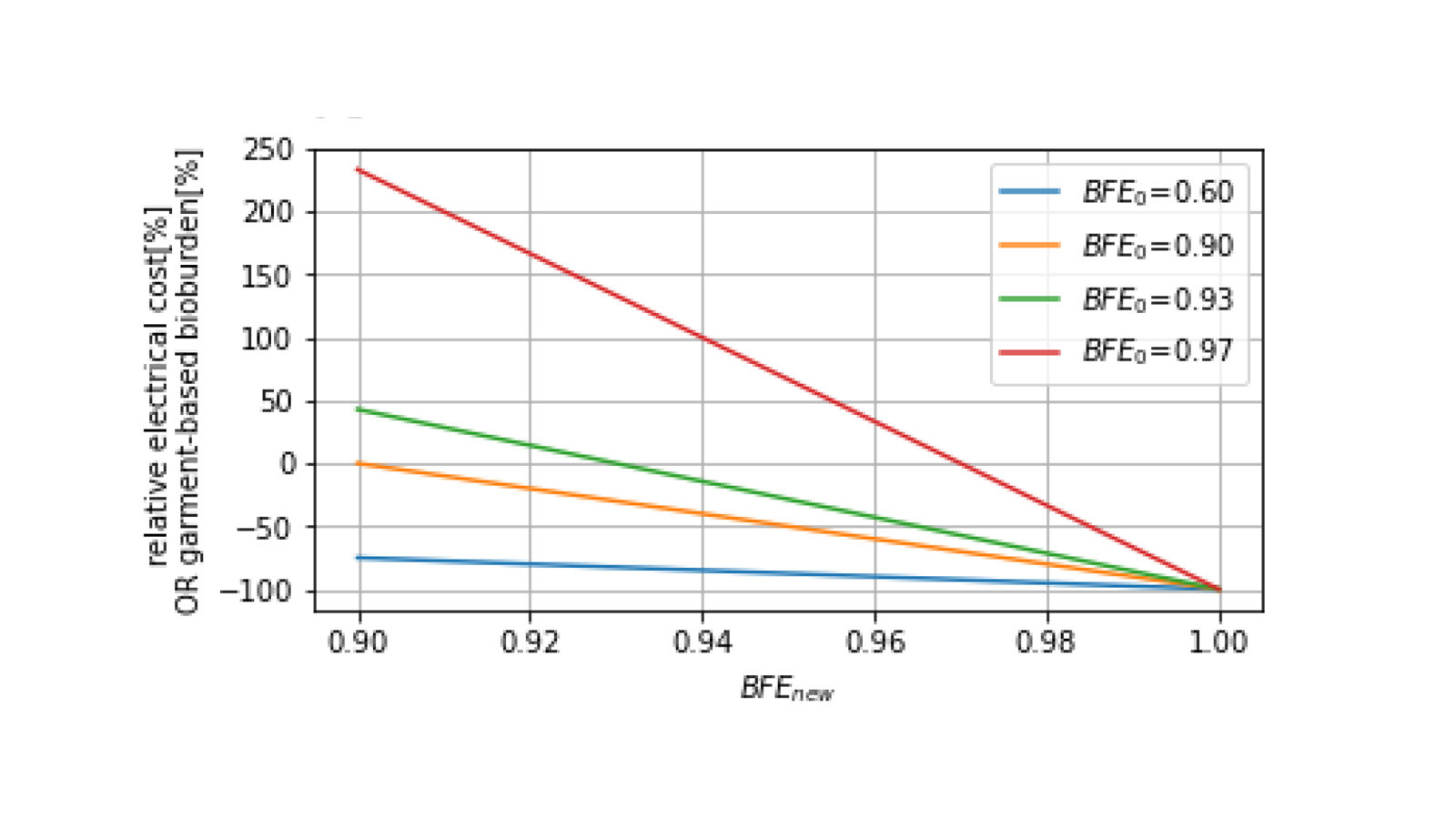 Figure 2: Relative electrical costs/savings from changes in
garment BFE.
The relative electrical cost savings are theoretical and do not necessarily reflect actual
savings that may be achieved.
Figure 2: Relative electrical costs/savings from changes in
garment BFE.
The relative electrical cost savings are theoretical and do not necessarily reflect actual
savings that may be achieved.
The comparisons described here only account for differences in BFE, although this simple model is capable of a more complete picture as one compares garments from different vendors. Garments will generally differ in BFE, air permeability, and thickness, all of which have an impact on the worker-garment based bioburden generation.
Once the impact of the differences in BFE on contamination was understood, an effort was undertaken to better determine how various garment materials may impact the bioburden levels in a cleanroom. To achieve this, we evaluated the Kimtech™ A5 Cleanroom Sterile Apparel vs reusable sterile garments that had been through more than (1) cycle: wash, dry and irradiation cycles. The differences in BFE are shown in Figure 3.
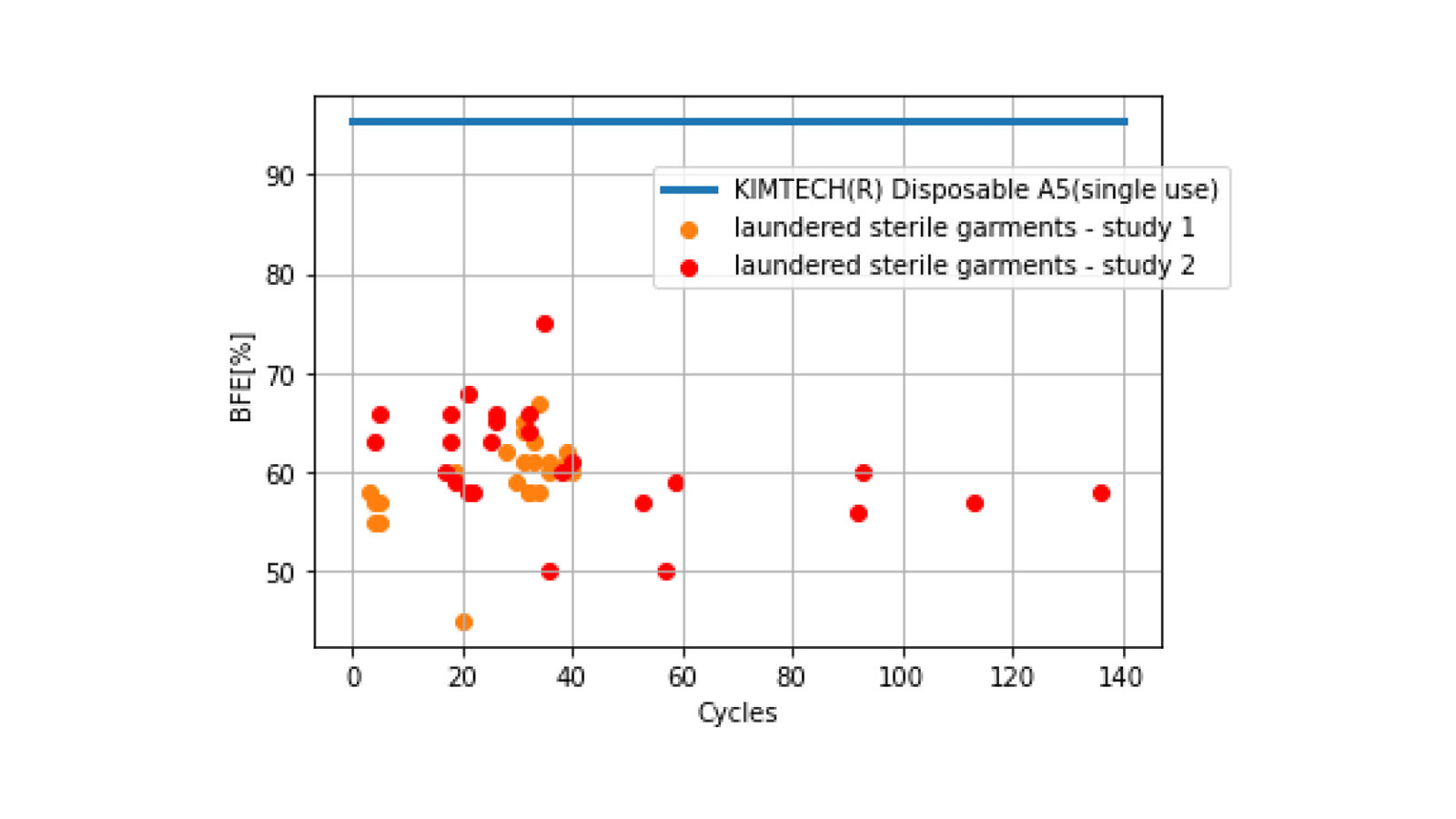 Figure 3. BFE measurements of single use and laundered
sterile garments. A5 garment was washed,
dried, and
irradiated one time.
Figure 3. BFE measurements of single use and laundered
sterile garments. A5 garment was washed,
dried, and
irradiated one time.
With these results we can see clear differences in performance and that as a reusable sterile garment is laundered and its protective ability degrades, the potential for contamination in the cleanroom environment rises and therefore the risk of quality issues will increase. As garments are reused and laundered additional times, the impact of this decrease in BFE will only grow and points to the benefits of single use approach.
Simulation and modeling have been used in the design and operation of clean rooms. However, during the design of these spaces, the impact of the garments being used and recognizing their critical role as the first and primary barrier to contaminants is often not included. Through this work Kimberly-Clark Professional is providing insights as to how reusable sterile garments affect your cleanroom environment in a significant manner. It is clear that your choice in sterile garments can have a direct impact on the performance of your cleanroom and the risk of quality concerns. We recommend a random sampling of your laundered reusable sterile garments be tested for BFE consistency by a 3 rd party as a good manufacturing practice. This approach will help validate your expected life span of the sterile cleanroom garment in a way that is not reliant on just a mathematical analysis.
Reach out to Kimberly-Clark Professional for questions regarding this analysis or for an analysis of your cleanroom and the impact of garment selection.
Contact info:
https://kimtech.kcprofessional.com/en-us/contact-us
